
by Duke Miller
Like many who are living in the world’s greatest city, San Miguel de Allende, I sometimes feel like I have come a long way. Even my shadow is tired. All that heartbreak and long hair falling upon sea and setting sun spreads out at my feet. I sit. I think. The years have become smaller, more dense, even suffocating. Then I met Alexia Porikova on the bus to Mexico City and I felt sunny by comparison. She was dressed for a funeral and maybe she was 50 years old... hard to say since her face called to me from a few centuries ago.
We were ETN seat mates and after one or two questions she said, “My family roots are buried in the Gothic valleys of Transylvania. I grew up in a castle.” I asked her if she preferred the dry grass brooms to the plastic ones and she said she didn’t understand. She talked like a Victorian novel with all of the starched pauses. She was on her way to the Galeria Electrica in Condesa, which represented her. Most of her work was black on black with the occasional grey.
“I enjoy reading about your country’s history. The Civil War period is my favorite. Those times are beginning to affect my work,” Alexia said.
“I like that history as well. Unfortunately we haven’t totally healed from the North/South divide.”
Like many residents of San Miguel, Alexia is fascinating. Over the last year I have gotten to know her better. Between her frowns and closed eyes she has told me her family story.

She is the great-granddaughter of Mina Borara, a Moldavian artist of some renown, who painted in 19th century Europe. Mina grew up with gypsies, but eventually married a Russian count, who was then killed in a duel. Evidently Mina was very nice looking, the toast of the smaller European capitals. Her art was considered “popular” and her following was mostly among the lower and middle class. A few second-rate critics liked the primary colors in her early efforts. Other, more prominent figures considered her shallow and lacking in the kind of symbolism necessary to elevate art to the realms of transcendence.
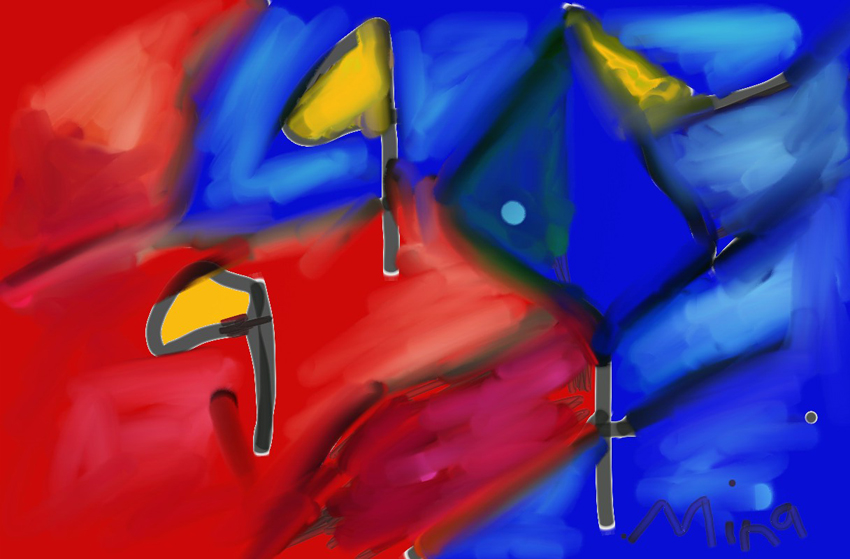
Mina was involved in a shocking crime, which by today’s internet standards would have gone viral and eventually become a meme. On the night of December 19, 1897 a Romanian doctor, by the name of Titus Rosu, kidnapped Mina and took her to his summer estate in the Carpathians. He locked her in a tower room with a beautiful view of a hillside and a mountain lake. He fed her expensive food and provided a fine wardrobe from Paris. He had set up an extensive art studio for her in an adjoining room. The light was excellent. Christmas passed and she thought her plight was not so bad, but then the conversations with Titus turned strange. They began to argue about art. Finally, one night over a game of cards and brandy, he shouted at her that she must fulfill her potential. He commanded her to paint a series of masterpieces.
Alexia let me read a newspaper account of the trial. This was a passage from the testimony of Titus Rosu. “So she had everything she needed. I was doing her a favor. I gave her the motivation, which up until then was lacking, and everything I did was completely fair. Answer this question: what is more important, a great piece of art or a toe?”
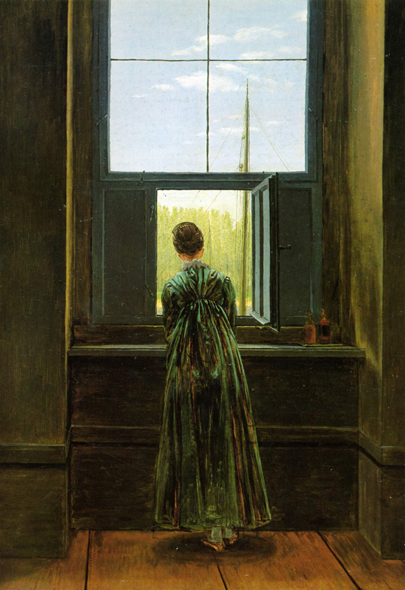
Titus had informed Mina that she would be given 72 hours to produce a masterpiece. He would be the judge, if it did not meet the recognized standards of a masterpiece, he would remove one of her toes. He would start with the little toe and work toward the big toe, taking one toe for each failure. On the other hand, should she create a masterpiece, she could keep her toe and he would deposit 1,000 English pounds into her Swiss bank account. He showed her all of the documentation, including his own financial statements. He then provided her with two unpublished manuscripts, one written by Paul Gauguin and the other by an obscure English art critic, Rodolph Beringia. He gave her one week to read and absorb the standards she would have to meet in order to keep her toes.
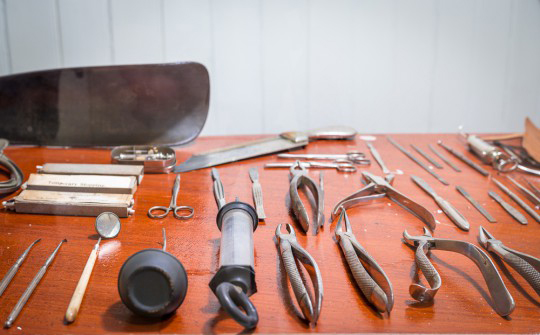
The drastic experiment in creation started on a clear, cold day in January 1898. By this time, the authorities in Bucharest were beginning to slowly piece the puzzle together and the name Titus Rosu was surfacing frequently in the case.
In answer to the challenge, Mina first painted a realistic landscape which she contemplated outside of her tower window. The trees were red and the lake was bright blue. She finished the painting in just under 50 hours. After a few minutes of inspecting the work, Titus judged it to be trash and threw it into the fireplace. That night at dinner Titus gave her sleeping powder and in the morning she awoke with the little toe on her left foot missing and replaced by a bandage with a red heart painted on the cloth. Titus gave her a few days to recover and then the process started again.
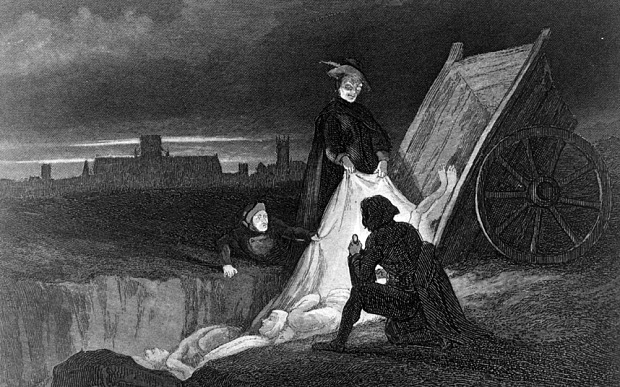
After the loss of three toes, Mina finally painted a portrait of Titus. His face was shadowed and he looked old, like someone had pressed his face into the mud. It was not flattering, but there was a great sense of pain in the eyes. It somehow carried the impression of someone from the middle-ages dumping bodies on the edge of a walled city.
The feeling embedded in the image was very specific as to time and place. Mina had been in a trance as she placed the oil on the canvas and could not recall having painted it. Titus was overjoyed and determined her painting to be a masterpiece. This was followed by three other paintings (a crazy duck, people floating in the air, and a furry black hole filled with twisted nails) which were all deemed masterpieces. Then towards middle February a crowd of local peasants, led by the Bucharest police, stormed Titus’s home with hounds, torches, and pitchforks.
Titus was given 20 years in prison, but during the first year fell down a set of stone steps and died. Mina got to keep her money. The four masterpieces were eventually turned over to her. She died in 1935. All of her work subsequent to the kidnapping was deemed “child-like and inferior” compared to the efforts under the harsh tutelage of Titus. Alexia, somewhat proudly asserts, that the term “tortured artist” started with the kidnapping of Mina Borara and has continued down to the present day. In the end, according to Alexia, Mina’s real contribution to the art world was the idea that an extreme event is a difficult, but authentic path to great artistic creations and no amount of happiness can produce the same results.
“I only use black lipstick,” Alexia often tells me.
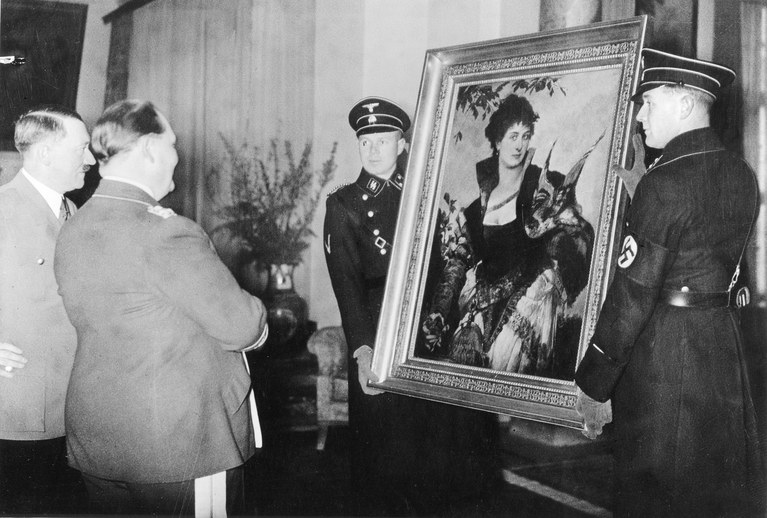
What became of the four masterpieces? Alexia said that in the days leading up to WWII, the Nazis confiscated most of Mina’s work. Herman Goering ended up with the kidnap paintings. He apparently prized them more than those of any other artist. They were, according to his Bavarian butler, his favorites for personal reasons. That, after all, is the way of all “great” art, somebody has to like it. After the Nuremburg Trials, Mina’s kidnap paintings disappeared without a trace.
Alexia lives up in Olimpo with her cranky dogs and I see her just about every week. I got an email from her last night that said she was working on a masterpiece, something new. She had apparently hit her thumb with a hammer. It was swollen and purple, yet she was able to paint. The new work was white on white and was created as if human eyes were American Civil War cotton balls.

**************

Duke Miller is an ex-refugee relief worker, teacher, and writer living in San Miguel de Allende. He doesn't get out much and plays with his dog daily. They run around the yard barking at birds and smelling urine on the sidewalk and against the colorful walls.
Duke Miller Amazon
Tin Hats Blog
JT Twissel Blog
You must register and log in to write a comment.
Please use the "login" link at the top (right) of the page.
|